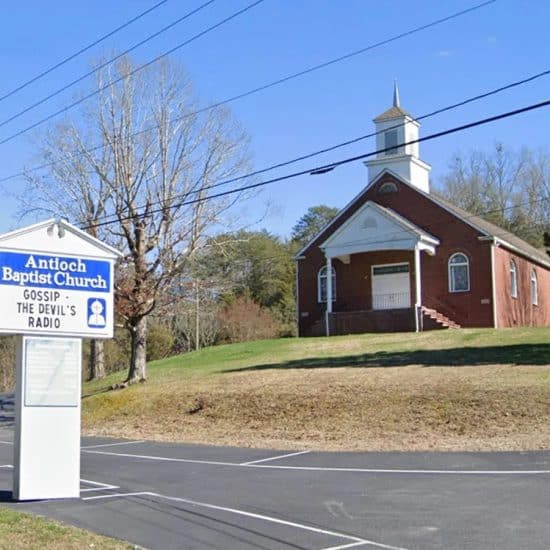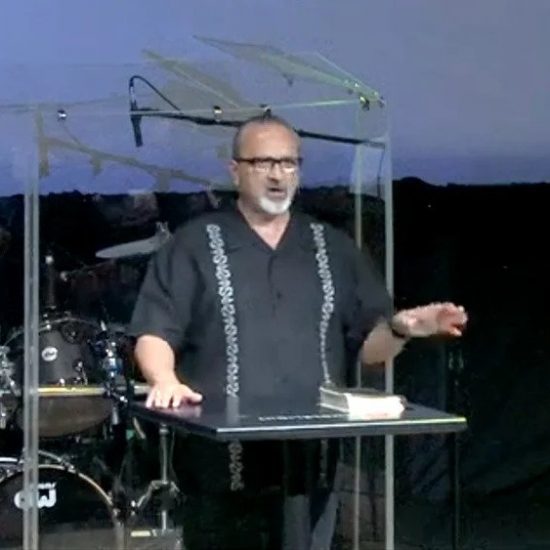“Expedition: Africa” is an eight-part series on The History Channel that attempts to recreate the extraordinary journey made by journalist Henry Stanley to locate Dr. David Livingstone in 1871.
The world seems a lot smaller because of technology. But many churches are excellent at hiding in plain sight.
Here are 70 ways for your church to be more visible:
A church Web site (1) doesn’t require thousands of dollars and eye-popping effects, but the one you have should be accurate and updated (2-3). Are your worship times listed (4)? Is it easy to find phone, e-mail and staff contact information (5-7)? The site URL should also be an easy-to-say, easy-to-remember address (8) that is included on stationery, signs, advertisements and business cards (9-12).
Calendars can be a good way to keep members and guests informed. MyChurchEvents.com (13) is $60 annually and can be used to send reminders and invitations (14-15). Google Calendar (calendar.google.com) is free, with less options (16).
How easy is it to find your church? Maps.yahoo.com and maps.Google.com (17-18) allow you to print maps, post maps to your site and allow visitors to your site to print individualized directions (19-21).
If people contact the church after hours, is there a recording that is short, engaging and easy to understand (22)? Is there a contact for emergencies (23)? Is there an easy-to-remember e-mail address (24)? Does the staff respond quickly to phone and e-mail messages (25)?
Utilizing other Web sites is also helpful. Post church videos to sites like YouTube.com and Tangle.com (26-27) and then publicize them (28). Be sure that ads or related videos do not offend watchers.
Facebook (29) is the best-known of the social networking sites. Use it to form groups to link church members, post news and more. (30-31).
Starting a blog, podcast or Twitter account (32-34) can help your church communicate throughout the week, not just Sundays. Use safeguards to keep inappropriate messaging from taking place.
To reach those not using the Internet, you can purchase ads and use press releases (35-36) in local newspapers, television and radio. Keep an up-to-date list of contacts (37). Media know the difference between ads and stories, so find an engaging hook to promote or report an event (38). Get to know local media contacts and their schedules to help your stories be covered (39-40). Furnish a good contact person and pictures (41-42). Check advertising to make sure it includes complete details and contacts (43-44).
Is there someone who can make attractive and easy-to-read flyers for church events (45)? Make sure they are accurate and avoid details that someone not familiar will not understand (46). Keep a list of local businesses, organizations, gyms, stores and other locations that will allow you to post flyers (47). Utilize community Web sites, your local library and local bulletin boards (48-50). Write letters to the paper when appropriate. (51)
Keep members informed through newsletters, announcements, bulletin boards and e-newsletters (52-55). Not only will they know, but they can provide word of mouth as they tell others and share your publications (56). Avoid terms and abbreviations not known by those beyond your church.
Sponsor a contest, financial class, community garage sale, scavenger hunt (57-60), or events such as a concerts, movies, parents night out or walk /run (61-65). Print business cards, coupons and other handouts that members can share with others (66-68), because personal invitations are the most effective (69).
Finally, let your congregation’s love and helpfulness be qualities that speak louder than your words (70).
Ken Satterfield was formerly a media specialist and is currently Word&Way’s advertising/marketing coordinator.






